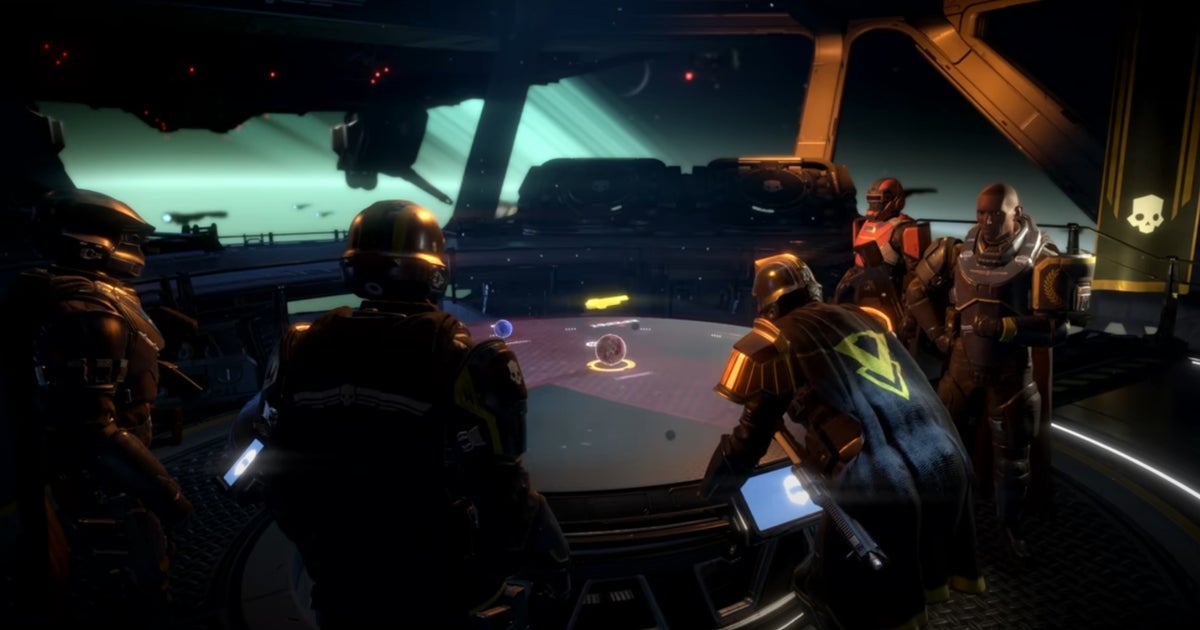I’m sure there will be many critics who are quite critical of Star Wars Outlaws, and rightly so. Right from its launch, the press, influencers, content and opinion makers, and the average consumer made it clear that the simplest gameplay formula and structure seemed flawed, even boring.
I’m not here to prove to you, dear reader, that all of these opinions are wrong, nor will I try to argue that Outlaws has much more to offer than most have already seen. I just want to say that I enjoyed what Outlaws offered, and while I could be critical of Massive Entertainment designing a gameplay loop here that is a bit too simple, it still ended up being a pretty great Star Wars experience for me personally, based on other elements such as sound, visual design, voice acting, mission design, and all other aspects that also support an immersive gaming experience.
What I mean by that is that if you’ve already seen the Star Wars Outlaws game, it’s pretty representative of what Massive has created, for better or for worse. You forge the various relationships with the powerful cartels of the underworld and carry out missions large and small, you explore the wide open spaces in your speeder, you find resources to upgrade your blaster, the speeder itself, and your spaceship, you find “experts” who act as a sort of dynamic skill tree, and you engage in somewhat perfunctory but functional cover-based combat scenarios and Uncharted-like platforming. And that’s all.
Advertising:
But the good stuff lies in the middle (the balance, if you will), because while you’re dealing with the simple gameplay, there are plenty of little details that keep you immersed in more and more fragile things, and thanks to some pretty solid writing and voice acting, well-crafted art and music, and detailed worlds, it makes for perhaps the most Star Wars-like gaming experience yet.
I know it’s a bit of a confusing approach, so let’s step back and get into the situation. You are Kay Vess, a blue-eyed, naive but smart woman from Canto Bight who has spent her entire life on the streets, going from one disappointing villain job to the next, from one disappointing failure to the next. Lured into a trap by the rebels and given the name “Deathmark” by a new syndicate, the ravenous and power-hungry Zerek Besh must now navigate a life as a fugitive from which the only way out is working for the other galactic crime syndicates. Kay’s journey is full of twists and turns, and although the game follows what is known as the “Golden Path,” it makes a point of throwing up a smokescreen where it seems a little difficult to see the obvious next step until it becomes clear. The various syndicates have a reputation system that constantly fluctuates depending on your actions, and depending on who you target, you’ll gain access to new missions that in turn have varying levels of importance. One moment you’re infiltrating an Imperial space base, and the next you’re holding off members of the Crimson Dawn to ensure the innocent have time to escape a debt. The model used to deliver the content isn’t exactly groundbreaking, and even resembles Ubisoft’s, but the story is linear, there are clear and established motives for the characters you interact with, and for the most part, everything works. Time.
Advertising:
How does it work in practice? Well, most of the time you’re out and about in various metropolises, with daring rumors of high-risk jobs, syndicates looking for a few skilled hands, and loans waiting to be stolen. You arrive, ask the brokers, introduce yourself to the syndicate bosses, and then carry out missions large and small, which usually involve light platforming sections, a few stealth scenarios here and there, and gunfights with the Pykes, the Crimson Dawn, stormtroopers… whatever. However, your reputation is simmering on the surface, and if you infiltrate a Pyke base to steal something for the Crimson Dawn, it will affect your reputation. As I said, these stats fluctuate quite a bit, and that’s what it’s all about, and while it’s not as dynamic as it might seem, it’s an exciting way to navigate the criminal underworld. Are you loyal or an opportunistic traitor? Are you concerned about the credits or are you concerned about building trust? It’s your choice and the game adapts to it.
However, sometimes it can get too rigid. Star Wars Outlaws controversially recreates stealth scenarios that instantly fail if you’re discovered, forcing you to not only start over but actually failing the mission. Not only that, but your reputation takes a hit. It would be great if the game allowed for a more expressive and dynamic approach to stealth, but these linear, instant-fail sections are some of the worst in the game and show the reputation system at its weakest.
Thankfully, most of the time you can get sucked in and make the transition from a somewhat simplistic Splinter Cell wannabe to a classic, bombastic Star Wars shooting gallery full of JJ Abrams movie flashes, classic Star Wars music and nostalgic iconography. It works despite its simplicity. I partially agree with those who find these shootouts dated, old-fashioned and, again, rigid. But it works, mostly because it creates the illusion that this is your rogue story and that you really have fallen into the hands of stormtroopers at an Imperial base. You can swap out the barrels of your blaster to better suit shields, there are similar mechanics to the Dead Eye and there are other weapons available besides grenades. But you’ve seen it with your own eyes and basically already know what it can and can’t do. It’s functional and manages to maintain your investment in the world and the story most of the time.
The same can generally be said for platforming and control in general too. Moving around as Kay is quite satisfying, and the same can be said for handling her speeder and spaceship Trailblazer, although these space sections are perhaps the game’s weakest link. If there’s one major criticism of the overall experience, it’s that the connective tissue between all of these components feels a little rough and lacks a little polish. In general, there are aspects of Outlaws that feel a little unfinished, which is odd considering the game has been “gold” for quite some time, but whether it’s down to the animations, the physics, or just a “shine and polish” on the whole, as they say, it’s hard to forgive a game that’s so mechanically and structurally simple for not having a presentation quality akin to Uncharted, or even remotely comparable to The Witcher 3: Wild Hunt. However, I quickly found a middle ground in Quality mode, which offers 40 fps but maximum graphical detail. The game remains responsive but delivers beautiful views, effects and details in an elegant way. This is also where the Star Wars atmosphere is recreated, because even though the technology can sometimes fail, the art direction, colors, contrasts and ingenuity behind the game’s aesthetic are top notch.
Massive nails it here, but if you’re someone who can’t get over a simple structure and even simpler gameplay loops, I find it hard to say. But maybe it just reinforces the fact that this is just my opinion of Outlaws and I judge it based on the parameters I judge a game by. Anyway, the most important thing about a game like Outlaws is the atmosphere, and this is created by lighting, sound, music and exciting settings that look like something out of a Star Wars movie. This is where Outlaws delivers, becoming the game’s absolute “saving grace”, the ace in the hole if you want to continue with the Sabacc allegory. I had some epic moments in Outlaws, such as infiltrating an Imperial base in Toshara and narrowly escaping from a team of Death Troopers. I’ve taken part in brutal dogfights in the asteroid belt on Akiva with Tie Fighters hot on my heels and classical music blaring in my headphones, and I’ve gotten out of tense situations with various criminal syndicates. All of these moments happened through simple but functional mechanics, and I decided to forgive that in that moment in exchange for the empathy the game had built in me so quickly. If you can do the same, Outlaws is definitely worth your time.













